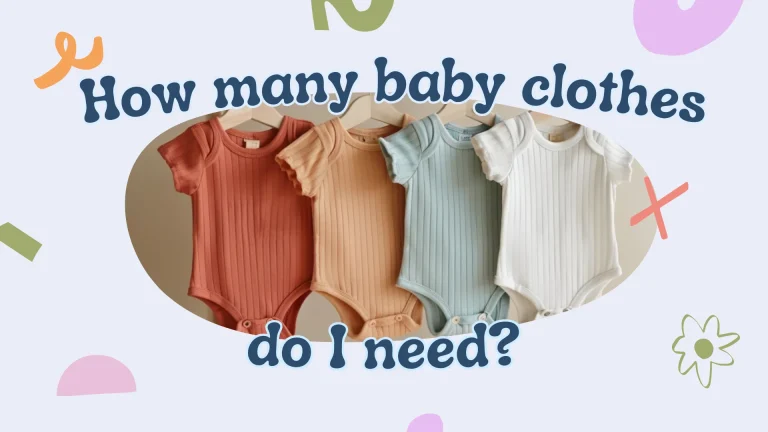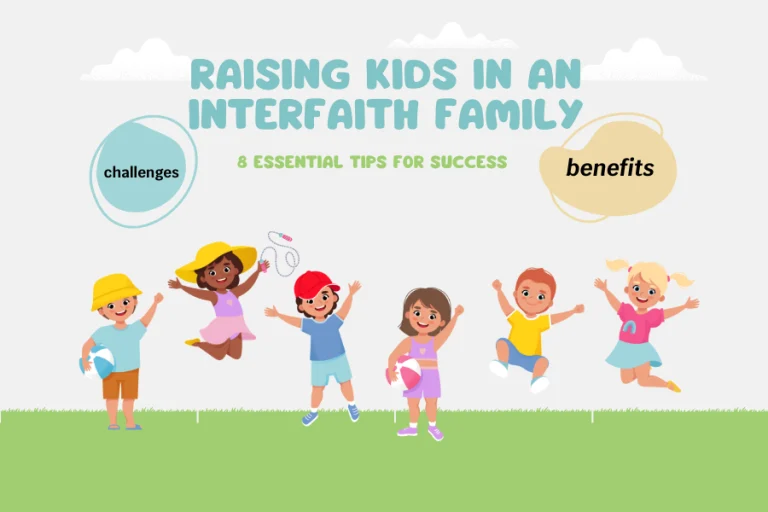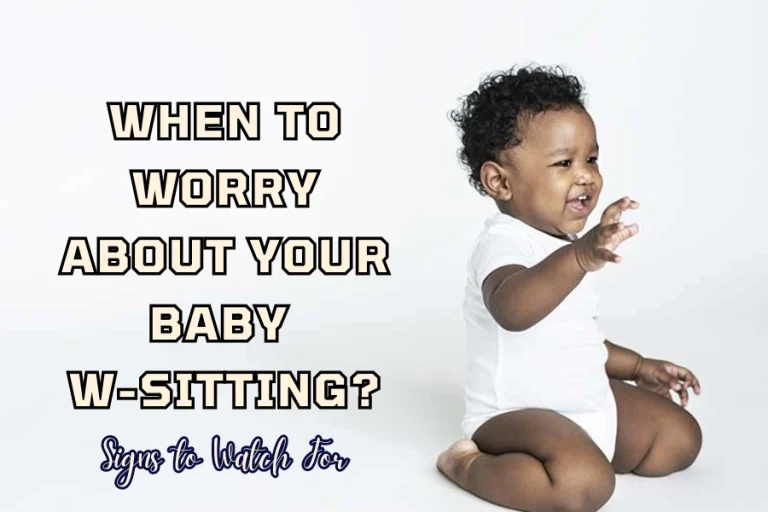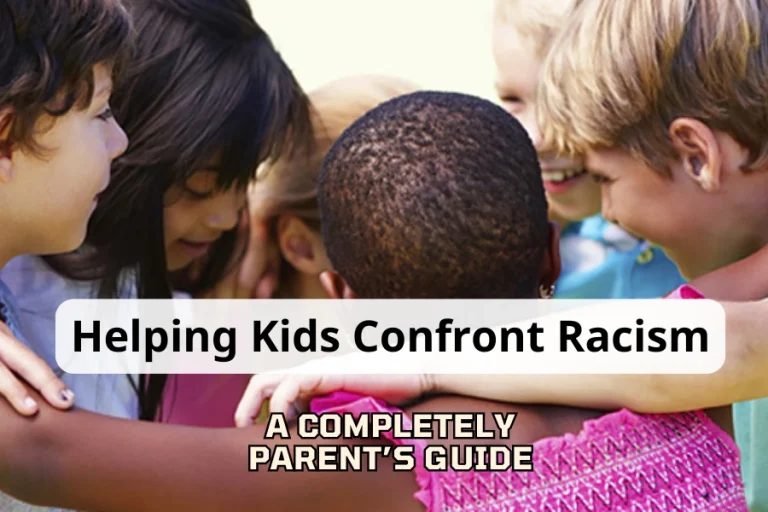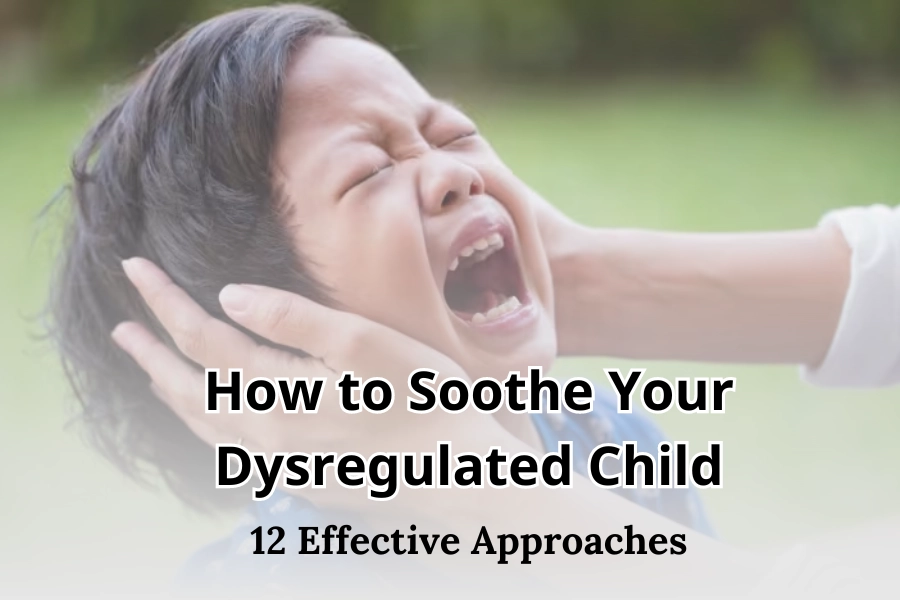
Recent studies have shown that many children experience periods of stress and emotional outbursts. These episodes can occur at any age. If left unaddressed, these stressful periods can negatively impact a child’s mood and have long-lasting consequences on their development. So, how can you soothe your dysregulated child?
The image of a child screaming, stomping their feet, or throwing things can be exhausting and frustrating for any parent. These are signs that a child is feeling dysregulated. Finding ways to calm a stressed child can significantly challenge many parents. However, understanding the underlying causes and applying appropriate techniques can help children overcome these difficult periods and develop healthily.
BabiesParent will share 12 effective approaches to help parents soothe their stressed children, making them feel safe and loved.
What is Dysregulation?
Before we dive into how to soothe your dysregulated child, let’s talk a bit about what dysregulation actually means and the signs of the dysregulated child.
Definition
When an individual’s stress levels are too high various systems for thinking and metabolic recovery are compromised. The signs of dysregulation show up in the behavior, or mood, or attention, and physical well-being.
Dr Stuart Shanker
Have you ever felt how your child, all of a sudden, is very sad for no reason, and then, after a few minutes, he or she is fine again? It’s one of the most common signs that show your child may be failing to handle their emotions.
Dysregulation is when a child cannot regulate his emotions. It results in huge shifts in mood, sometimes from happiness into extreme sadness, or from calmness into extreme anger within a very short period.
It is very common for young children to go through big phases of difficulties in controlling their emotions. Most children grow out of such challenges as they grow older. On the other hand, if not taken in the right manner, such emotional difficulties can reach adulthood and affect their lives. This is why it is necessary to equip your child with ways of managing his feelings.
Signs of dysregulation
Based on Montessori education, there are some common signs of a dysregulated child:
- Sudden feeling frustrated or anxious.
- Frequent temper tantrums.
- Easily overwhelmed or triggered by people or things in their environment.
- Resistance or fight flight to new environments.
- Aggressive defiance.
- A strong desire to please everyone.
Although it would seem that the emotional dysregulated child is always “loud” and disruptive, this oftentimes is not the case. Sometimes, children may internalize their emotions and be quiet or withdrawn. This constitutes paying close attention to a child’s emotional cues so you can understand and support them appropriately.

How to Soothe Your Dysregulated Child: 12 Practical Solutions
Many people think that emotional dysregulation will go away on its own as children grow older. However, not all kids can “snap out of it” on their own. Without the right support, these emotional struggles can continue into adulthood and hurt their overall well-being. Kids who struggle with emotional dysregulation may have trouble focusing, making friends, or even develop other mental health issues.
So, how to soothe your dysregulated child? Don’t worry, BabiesParent is here to help! We’ve put together 12 practical tips to help you soothe your child and teach them healthy manners.
Help Detect Emotional Triggers
The first and most important step in calming a child who is losing control of their emotions is to understand their feelings. Start by observing why your child is behaving this way. What situations or people trigger their emotional outbursts?
Don’t forget to keep a note of these situations or factors that cause your child to do bad behaviors. Once you have enough “data” about your child’s emotional outbursts, sit down calmly and talk to your child. You need to explain to your child the emotions they are expressing.
Model Appropriate Behavior
The same idea is often expressed: a child is like a sponge in the water because he absorbs everything from those surrounding him. Therefore, one of the most effective ways how to soothe your dysregulated child is to model healthy emotional regulation.
Model for your child how to manage feelings and express themselves appropriately. You can role-play different situations with your child; it may give them the practice they need to handle an outburst or tantrum in a tough situation. It will help preschoolers build emotional resilience and prevent outbursts. Additionally, it can help you establish clear emotional boundaries.
Communicate Positively
When it comes to how to soothe your dysregulated child, effective communication between parents and children is paramount. You should give your full attention and listen attentively when your child shares their feelings. This will help you better understand your child’s emotions and make them feel respected.
You can also use open-ended questions to guide your child in talking about what they are thinking and feeling. Instead of just asking, “Are you mad?”, you might say, “I can tell you’re upset, can you tell me what’s going on that makes you feel that way?” Talking like that helps kids feel you really care about how they are feeling. It also helps them learn to talk about their feelings in a healthy way.

Stay Calm
Your child suddenly becomes angry, screaming and throwing things. You must be feeling confused, worried, and even angry, right? Or perhaps you feel overwhelmed when facing a child who is losing control of their emotions. It’s a common experience for parents to face such unpredictable emotional outbursts.
The key how to soothe your dysregulated child effectively is to remain calm. Not only does your child need to calm down, but you as a parent also need to stay “cool”. Take a deep breath before reacting to your child’s emotions. This will help you stay calm and avoid getting angry when your child screams or throws things. If you feel too stressed, take a short break to regain your composure.
Validate Their Feelings
Validating the emotions of dysregulated young children is another useful strategy for calming them down. You need to let your child know that their emotions are completely normal. Don’t criticize or dismiss their feelings. You can share a similar experience and how you handled that situation. This approach helps children feel understood and validated while teaching them how to manage their emotions.
Label Emotions
One method I absolutely love for how to soothe your dysregulated child is “labeling” emotions. Tell your child what the emotions they are experiencing are called and what they look like. You can assist your young children in naming their feelings. Explain to your child that everyone goes through a variety of emotions.
Naming the emotions helps the child establish what they are feeling and how to handle the emotions. You can also encourage your child to express their feelings through varied means like drawing, writing, or talking.
Support Your Child During Meltdowns
Instead of strongly opposing a child who is losing control of their emotions, you should “support” that moment. It might sound weird, but it really helps. This method is one of the most effective ways of how to soothe your dysregulated child. First, ensure the safety of the child and those around them while the child is angry. If the child is throwing things, remove those objects.
Then, take the child to a quiet environment if possible to help them calm down. At this point, hug the child. A gentle hug or caress can make the child feel more secure. This approach will help the child calm down and be more willing to share their feelings.

Teach Progressive Muscle Relaxation
You can also teach your child to do muscle relaxation exercises such as deep breathing, closing their eyes, and relaxing their limbs to help them calm down. Additionally, you should help your child develop healthy habits to help them stay calm and better control their emotions. Start with coloring, drawing, or gentle yoga. You can do these activities with your child before bedtime to form good habits and strengthen family bonds.
Reinforce Positive Behaviors
A simple yet effective method in how to soothe your dysregulated child is to always praise them. Like water, praise helps a child grow into a “tree.” Therefore, don’t hesitate to praise or reward your child whenever they do well.
Praise your child when they exhibit good behavior and control their emotions. You can use rewards to encourage them to keep trying. A sincere compliment or a small gift can also help boost their confidence.
Solve Problems with Your Child
Teach your child problem-solving skills so they can better control their emotions. Support your child in learning to solve small problems that arise unexpectedly. If your child cannot find a suitable solution, work together to find possible solutions to the problem. Finally, evaluate the effectiveness of the chosen solutions together. This method will help your child understand how to handle and control their emotions.
Movement Breaks
Children who are “passive” are more prone to dysregulation than their more active peers. So, to help your youngster let off steam, encourage them to participate in physical activities. You can incorporate different textured objects during play to help stimulate your child’s senses. This way, your child is going to be more willing to participate in activities, develop better ways of communicating, and learn to manage his or her feelings more appropriately.
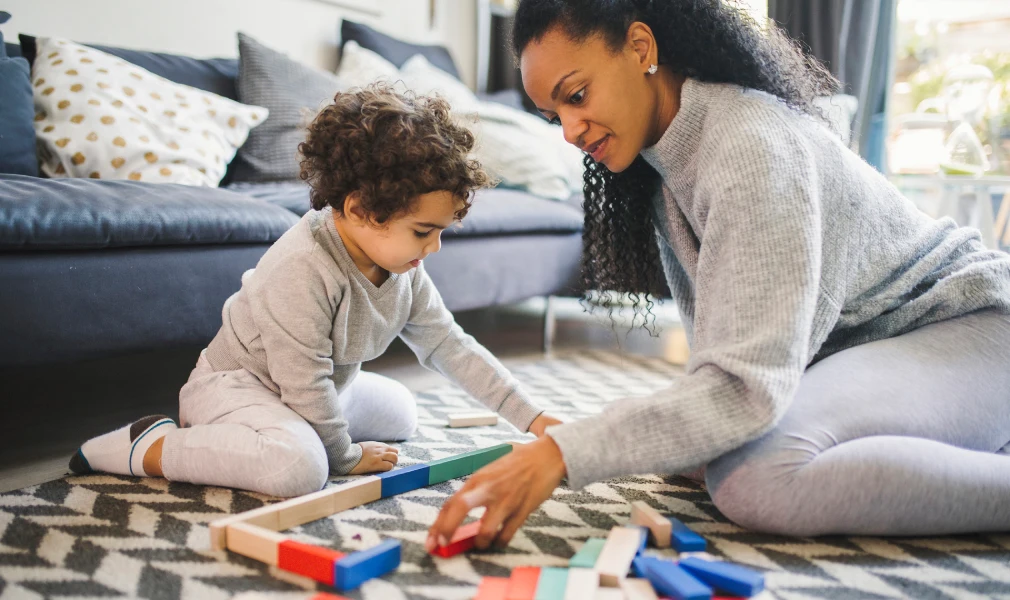
Practice Your Words
The final method in how to soothe your dysregulated child is to always use positive language. You should use appropriate words and avoid negative terms to describe the child. If children accidentally hear “negative” things about themselves, they tend to lose control more. Thus, concentrate on finding solutions rather than on making mistakes. Find ways to communicate with your child more and give them the security they need.
Final Word from BabiesParent
This article hopefully has helped to give a better understanding of dysregulation and how to soothe your dysregulated child. A safe and loving environment is highly important for a child with dysregulation to thrive. Using these techniques, you then will be able to offer an environment in which your child feels safe, supported, and understood.
Also, keep in mind that children are all different and often respond to events in life very differently. Be patient and forbearing while understanding and respecting the uniqueness of your child as you try to figure out what works best for him. With the right support and guidance, your child will successfully overcome these challenges and blossom into a happy, healthy adult.

